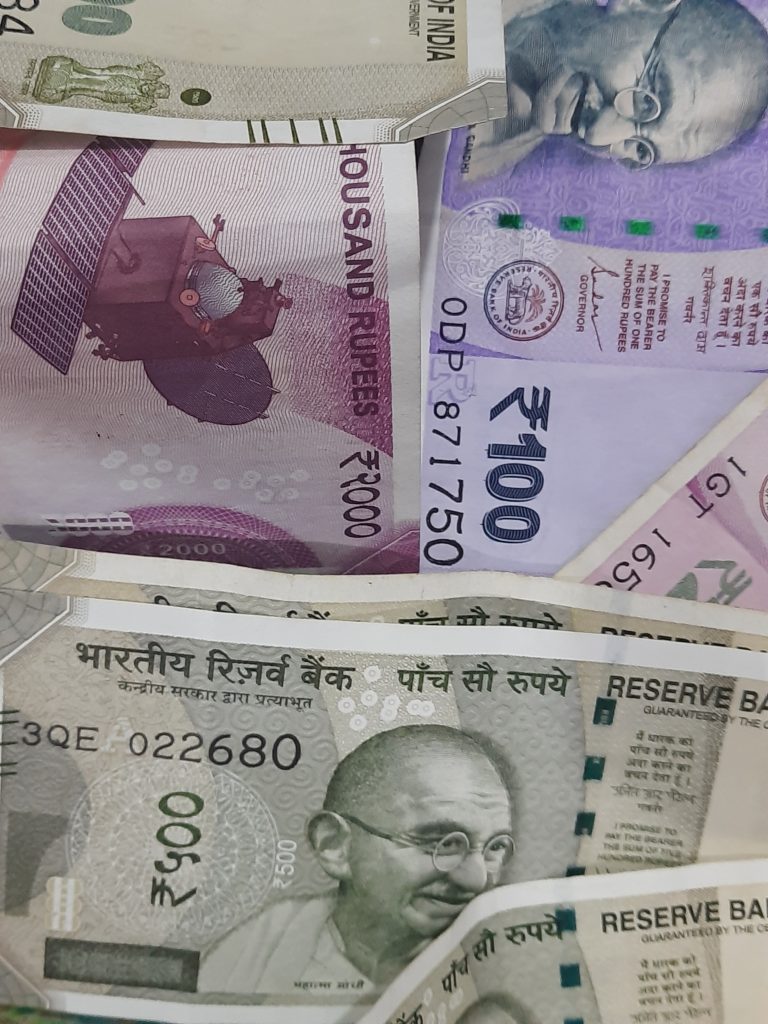Will the inflation figure released recently actually give comfort to India’s policymakers? The annual inflation rate, measured on the consumer price index (CPI), rose to 3.65 per cent in August from 3.6 per cent in July—the second lowest in the last five years and well below the Reserve Bank of India’s target of 4 per cent. According to the data released by the Ministry of Statistics & Programme Implementation (MoSPI), the corresponding inflation rates for rural and urban areas stood at 4.16 per cent and 3.14 per cent, respectively.
Among the BRICS bloc, Russia’s inflation was recorded at 9.1 per cent in August, Brazil’s 4.2, and China’s 0.6 per cent. South Africa’s July inflation (the latest) was 4.6 per cent.
So going by the numbers, India will have a lot to cheer about. But why is that the average Indian’s pocket is continuing to pinch?
This is because food inflation, based on the consumer food price index (CFPI), rose to 5.66 per cent in August. The average food price is a key driver for overall inflation.
The data, provisionally released by the MoSPI, revealed that the corresponding inflation rate for rural and urban areas was recorded at 6.02 per cent and 4.99 per cent, respectively. Prices of fruits, vegetables, eggs, meat, and fish rose while that of tomatoes declined by 47.91 per cent. Vegetable prices grew 10.7 per cent in August, following a 6.8 per cent year on year increase in July. Similarly, prices of pulses rose 13.6 per cent.
With above average monsoon it is expected that the Kharif yield will rise, which is likely to ease food supplies and thereby bring down prices, though with continued untimely rains, worries are rising too.
Kharif crops are typically harvested around October. Soyabean, a key produce could get damaged if rains continue, farmers fear. And with the import duty on edible oil hiked, concerns have risen though economists predict that the increase will have a limited impact on the overall food prices.
Beside food inflation, the high fuel prices in India are also a cause for serious concern. Brent crude prices are currently at $73 per barrel after breaching the $100 to a barrel level in February 2022. Though oil prices have significantly softened with prices dropping below the $70 mark earlier this week, retail prices of petrol and diesel in India have remained high. In Delhi, the price is Rs 94.72, a litre while in Mumbai it is Rs 103.44. In other cities such as Ahmedabad and Bengaluru, it is Rs 94.5 a litre and Rs 102.86 a litre respectively.
“We are observing initial signs of a revival in mass and rural consumption, despite the overall weak demand,” Emkay Global Financial Services said.
The bottomline—the devil is in the details. So, the country’s policymakers now need to focus on inflation in a more holistic manner.
